History
Comacina Island, unique of its kind, played a crucial role as a political, military, and religious center during the Roman era and especially in the early medieval period. Its history is marked by dramatic events, most notably the devastation of 1169—its “annus horribilis”. That year, the island was razed to the ground by Como’s forces, allied with Emperor Federico Barbarossa, which led to its rapid decline and, in the following centuries, a near-total state of abandonment.
Today, Comacina Island is an archaeological site of extraordinary value, renowned for its artistic and cultural heritage, reflecting a fascinating and complex past. The early 20th-century excavation campaigns, initially led by archaeologist Ugo Monneret de Villard (1914) and later by Luigi Mario Belloni (1958–1978), allowed the island to rediscover and solidify its historical identity. These excavations uncovered early medieval structures and artifacts of great significance, making Comacina Island one of northern Italy’s most important archaeological sites.
The island’s revival has also been shaped by the construction of the three Artists’ Houses, designed in a rationalist style by architect Pietro Lingeri in the 1930s to host and inspire creatives. These houses symbolize the island’s renewed artistic and cultural mission, which remains central to its character even today.
What to See
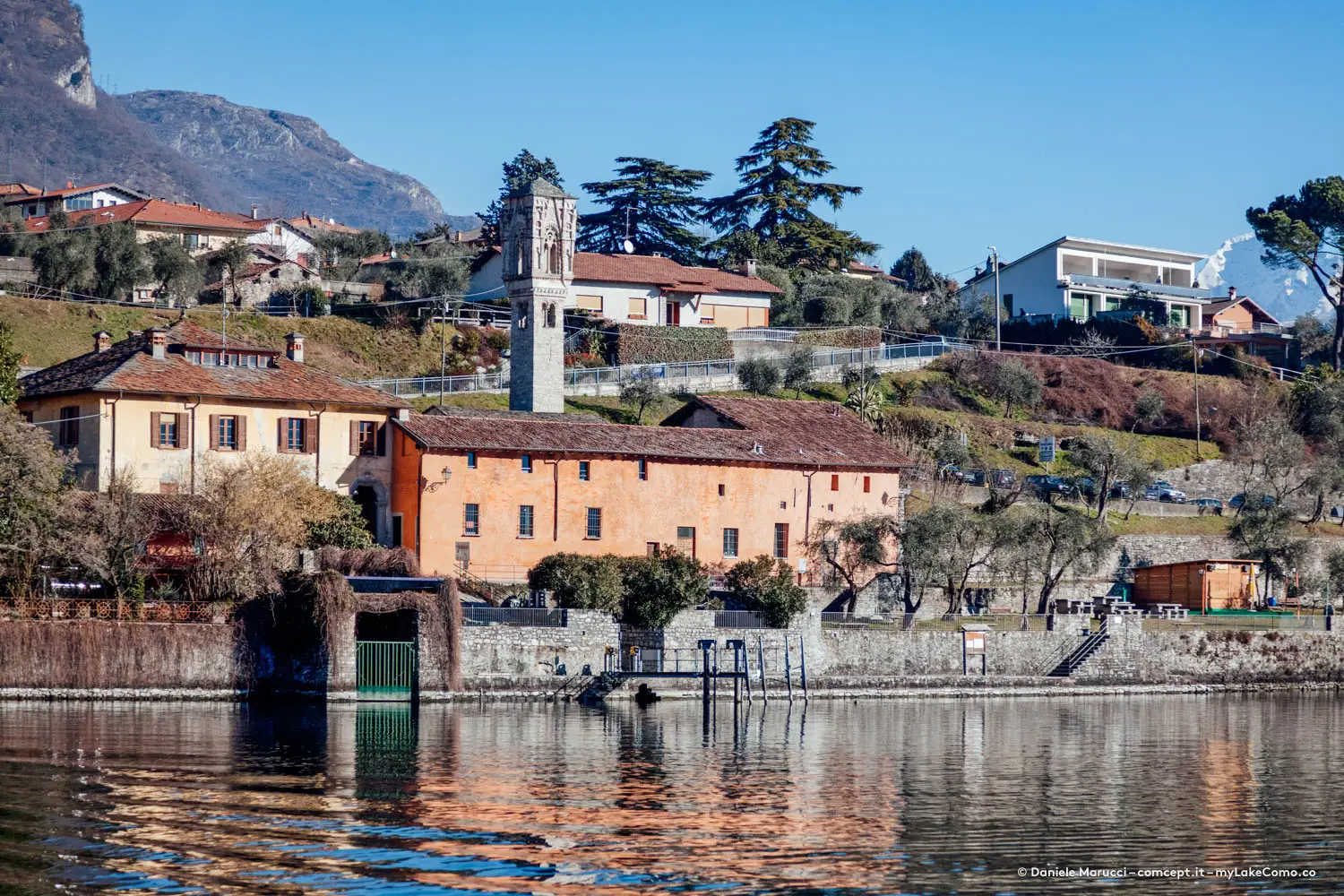
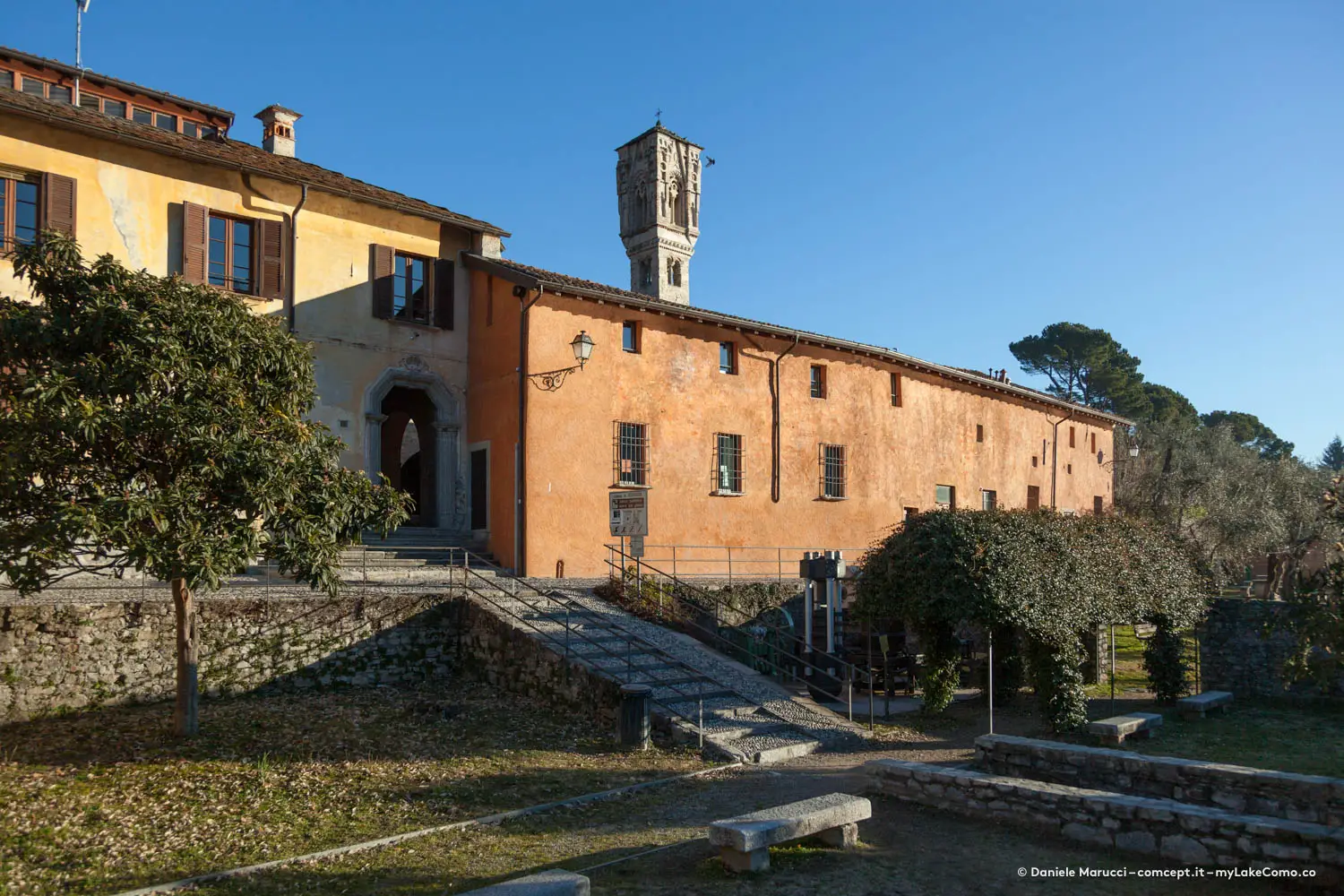

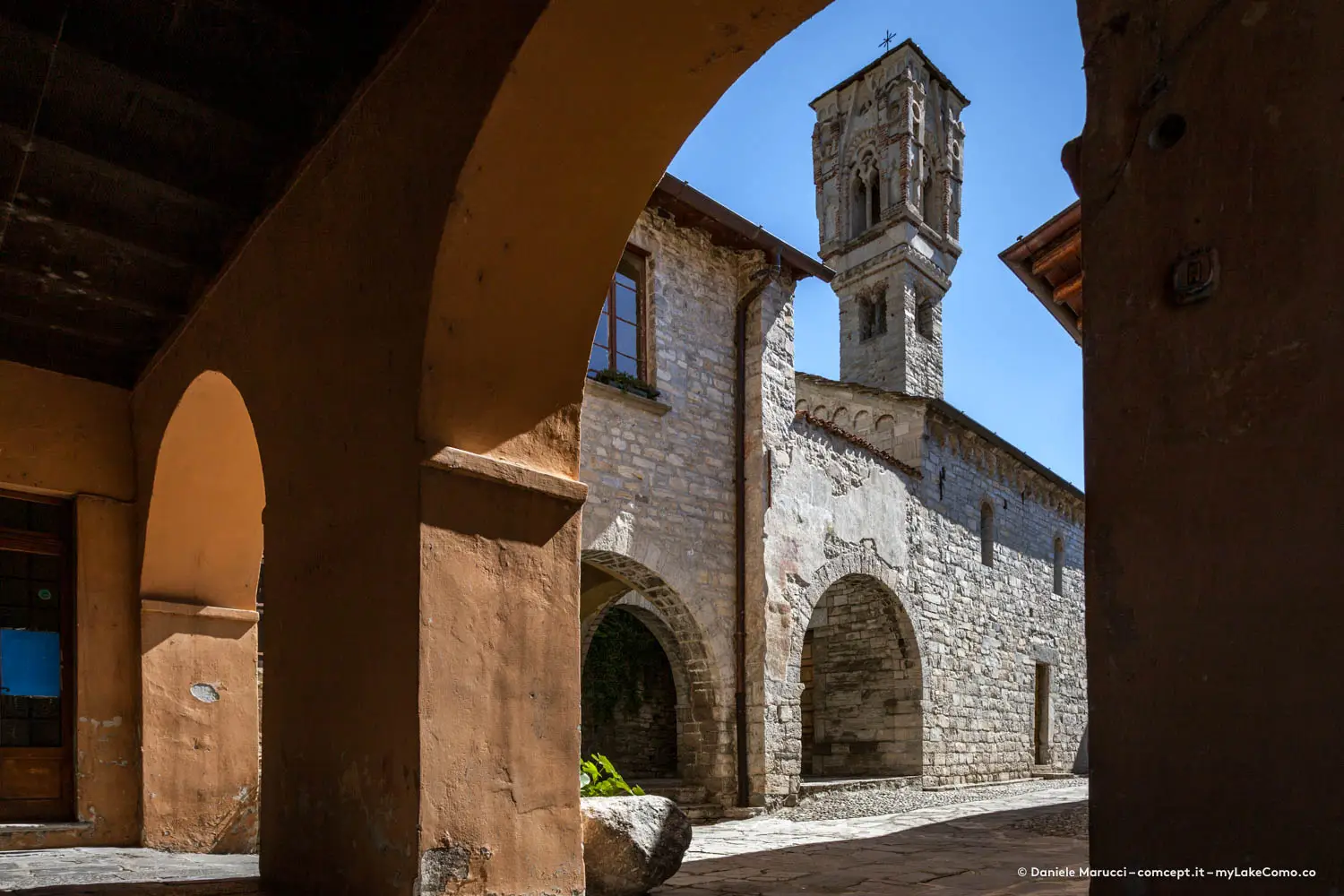
Antiquarium Museum
The Antiquarium Museum of Ossuccio, which is dedicated to Mr. and Mrs. Luigi Mario Belloni and Mariuccia Zecchinelli, is an essential introductory stop to discover the fascinating history of Isola Comacina. Its rich collection of valuable archaeological finds, including remains of Roman colonnades and traces of early Christian settlements, recounts the island’s millennia-long evolution and reveals its links with ancient civilizations.
Located in the ancient complex of the Hospitalis de Stabio, dating back to at least the 12th century, the building that houses the museum was originally a shelter for the poor and pilgrims. This historic shelter, run by the Giovio family and officially recognized in 1496 by Pope Alexander VI, still retains the atmosphere and charm of its era.
Renovated to host conferences and educational activities, the museum preserves intact several original architectural elements and historic decorative traces. Modern facilities such as a reception desk, bookshop and multimedia spaces offer visitors the opportunity to learn more about the extraordinary history of the island and the surrounding area.


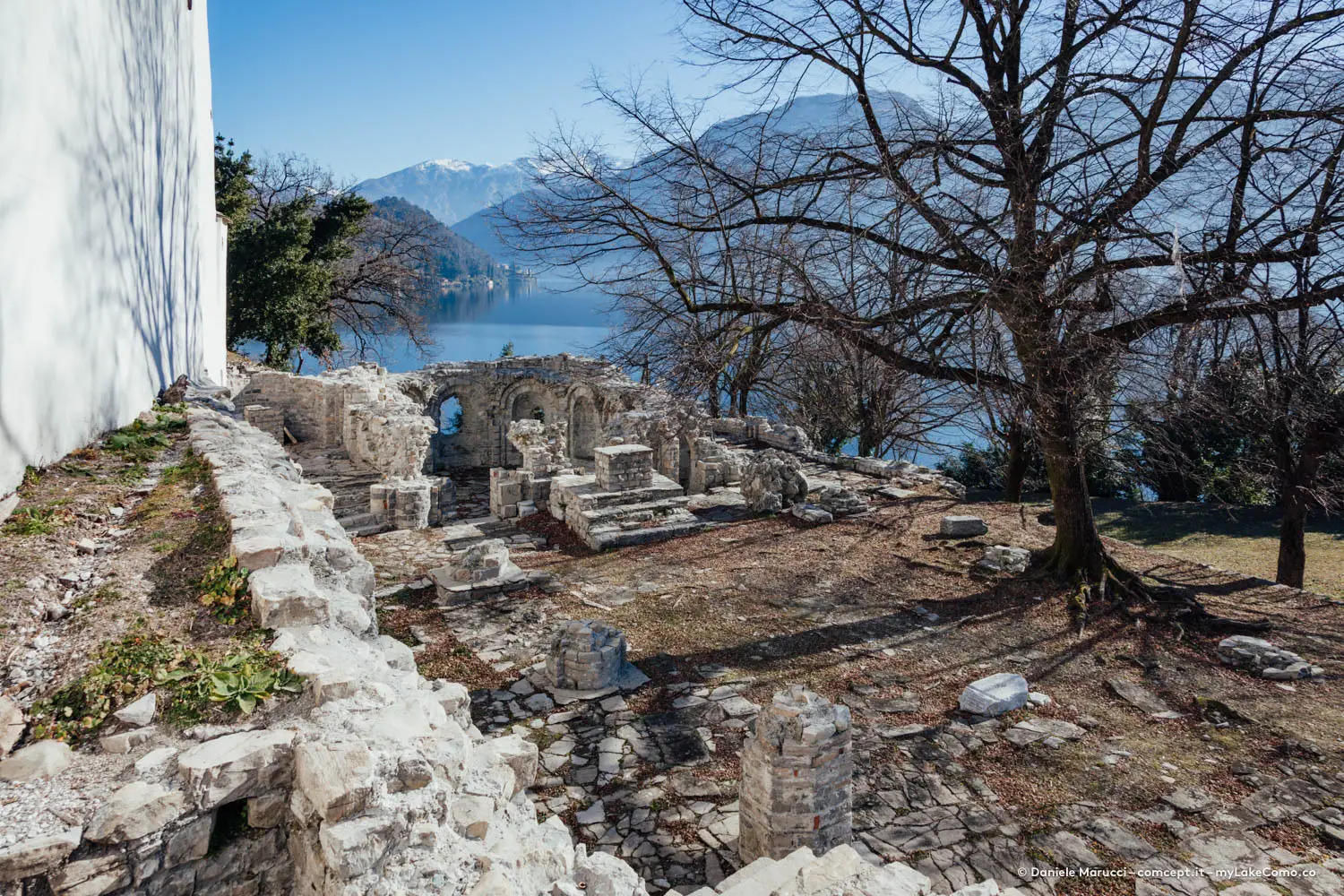
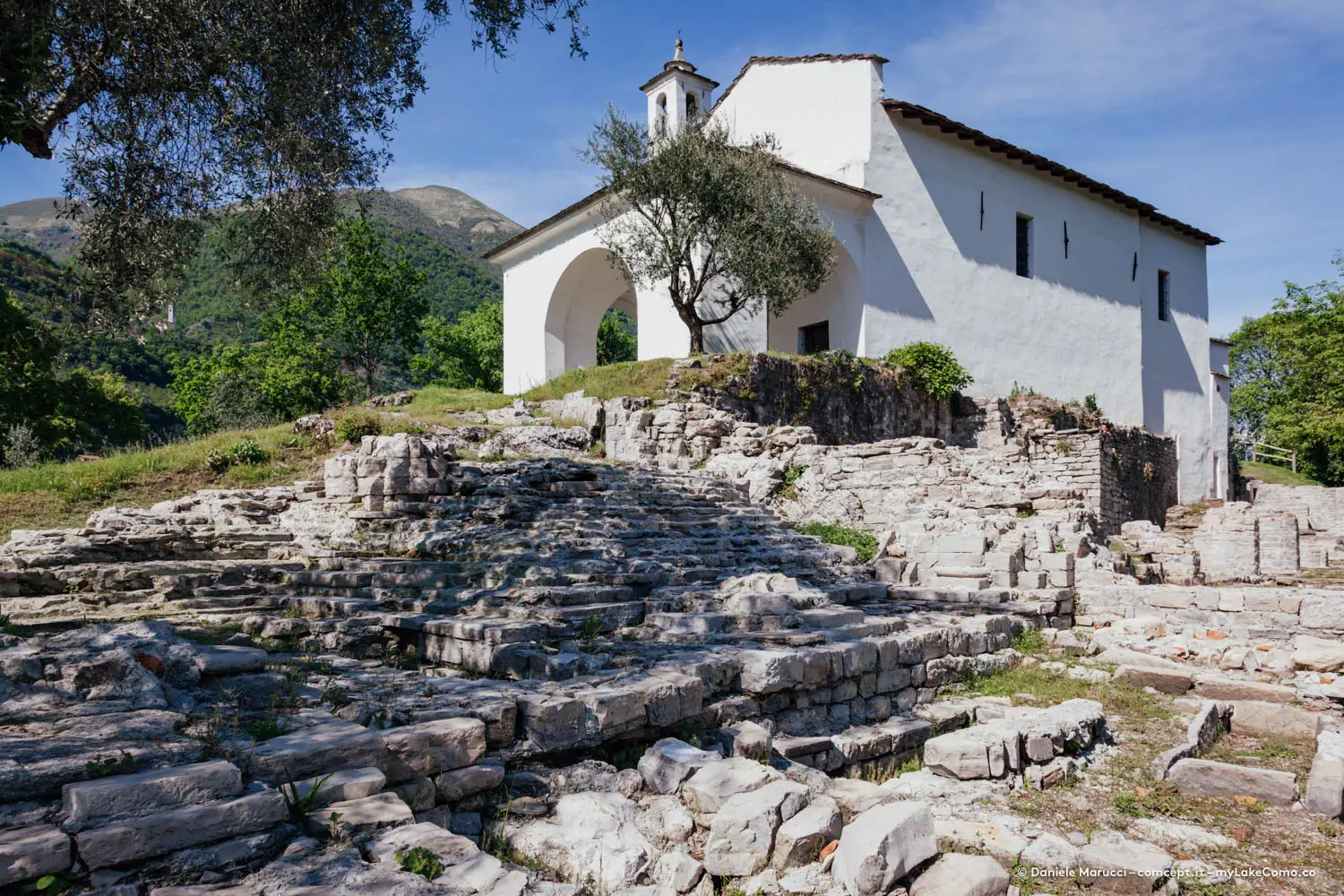
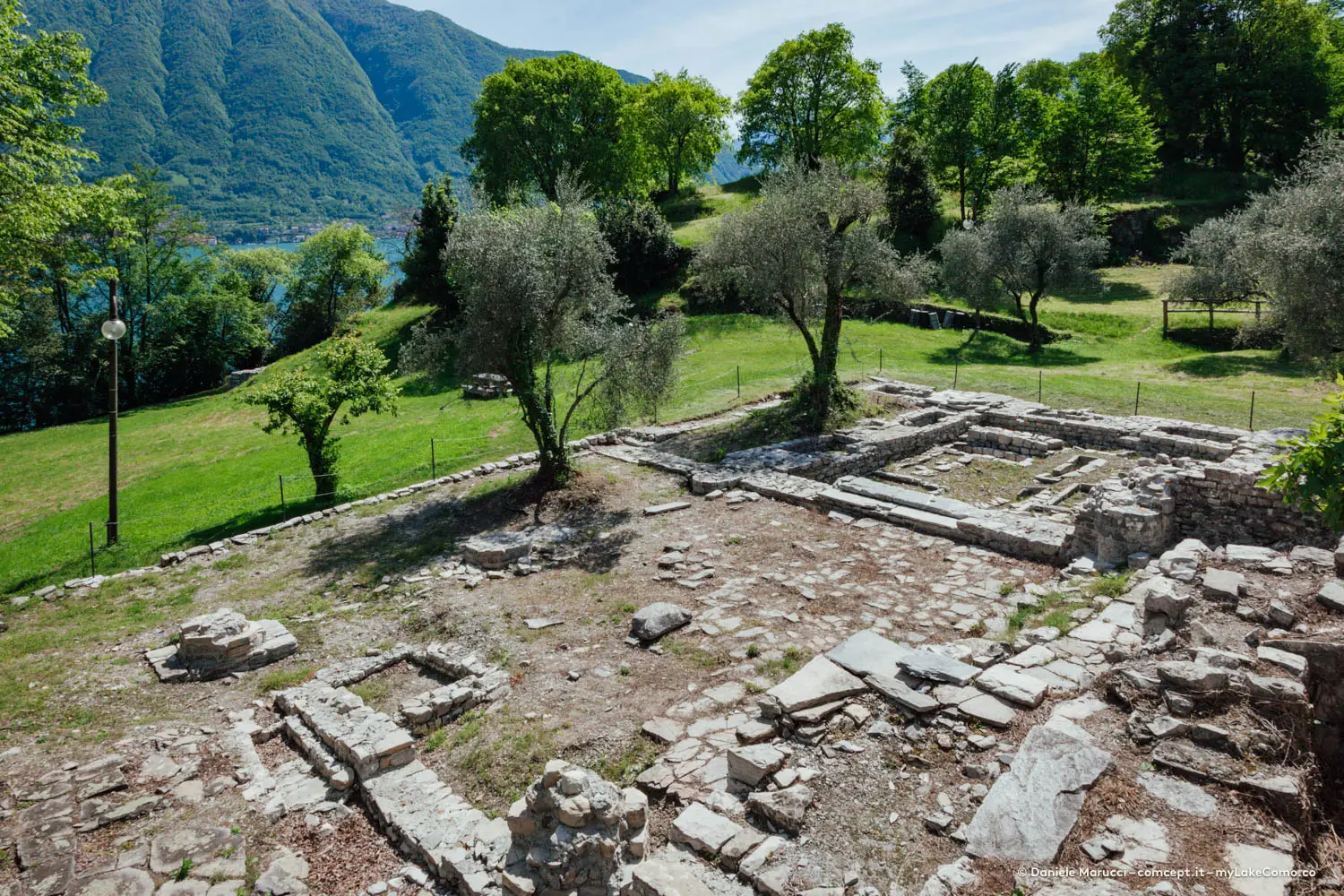
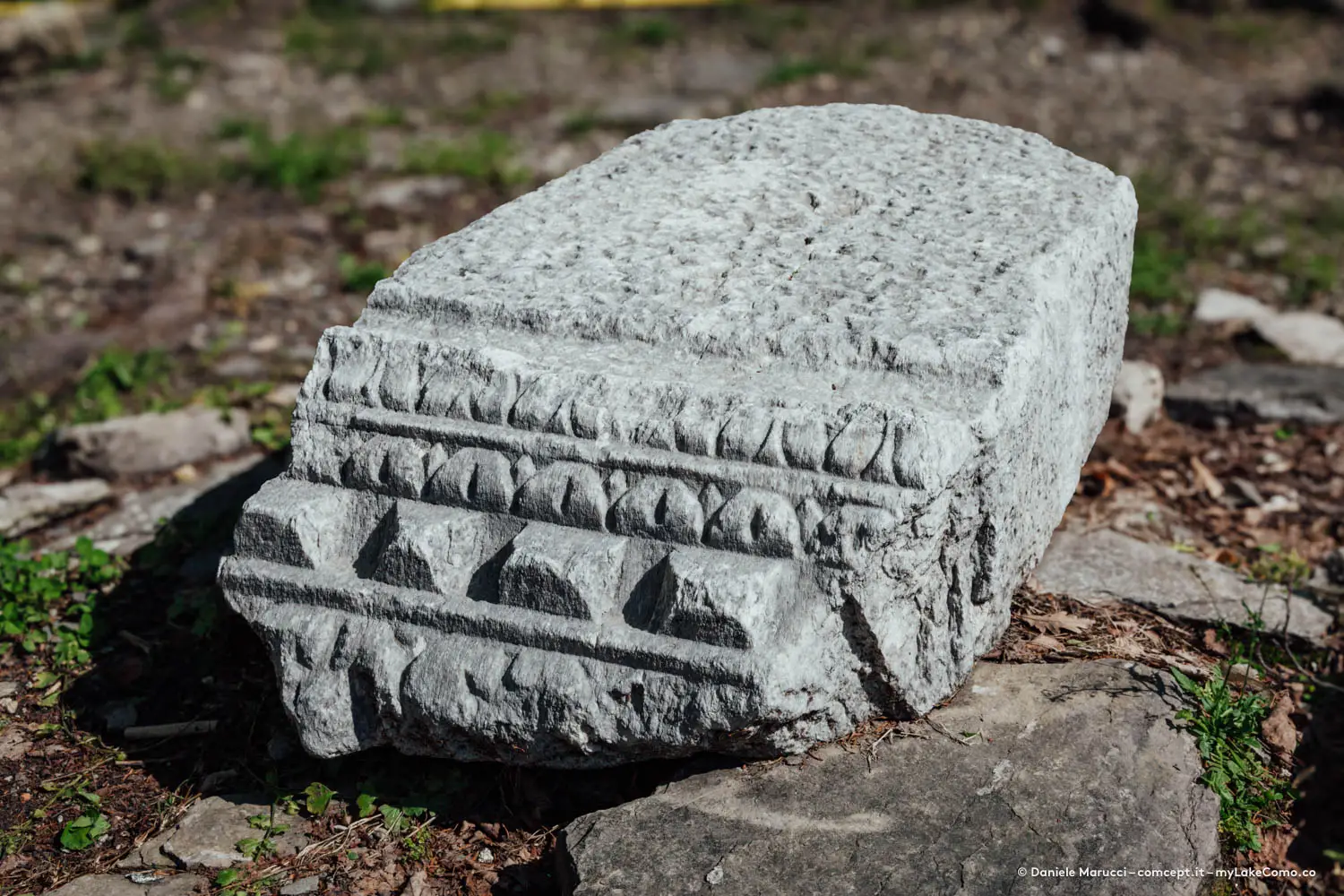
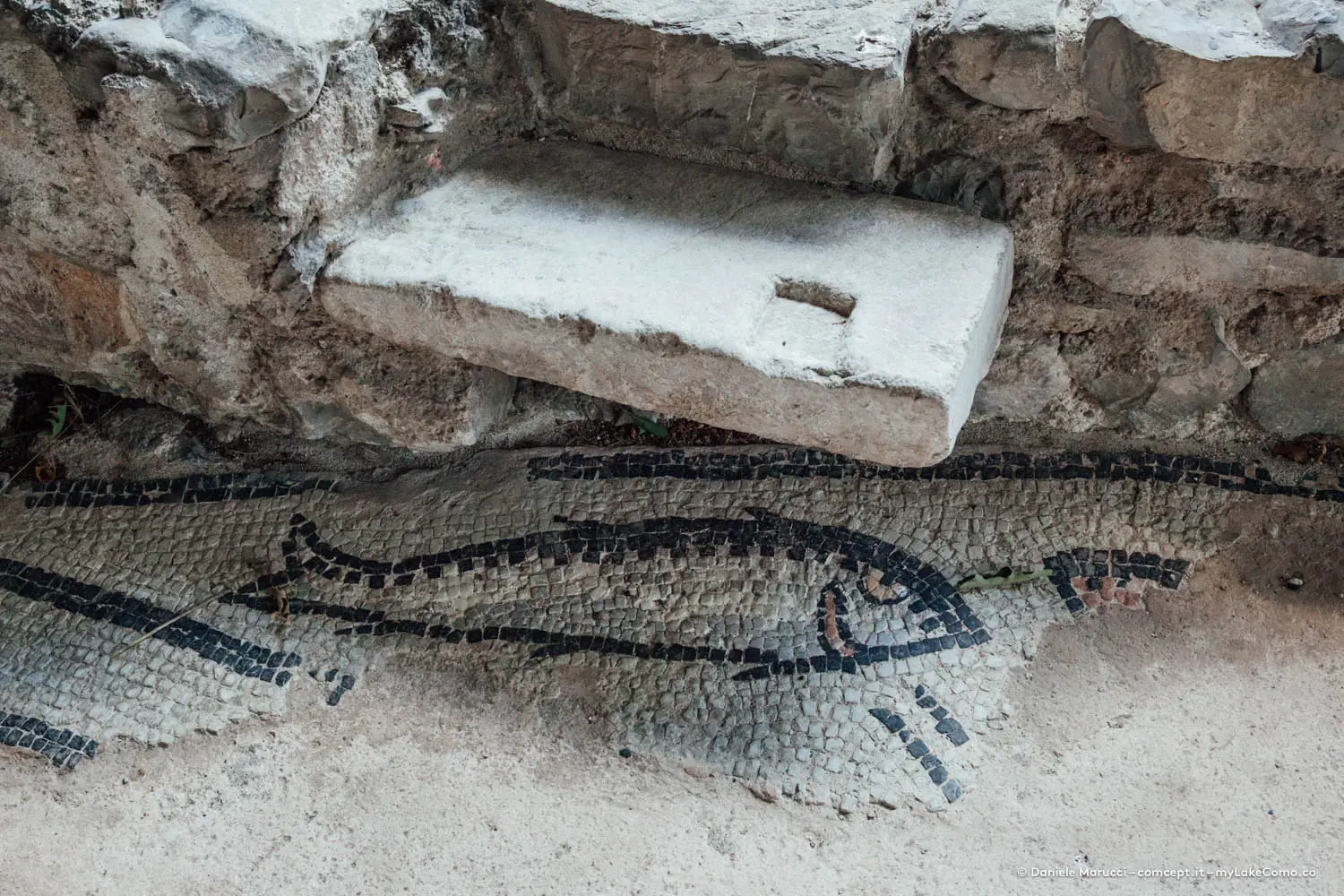


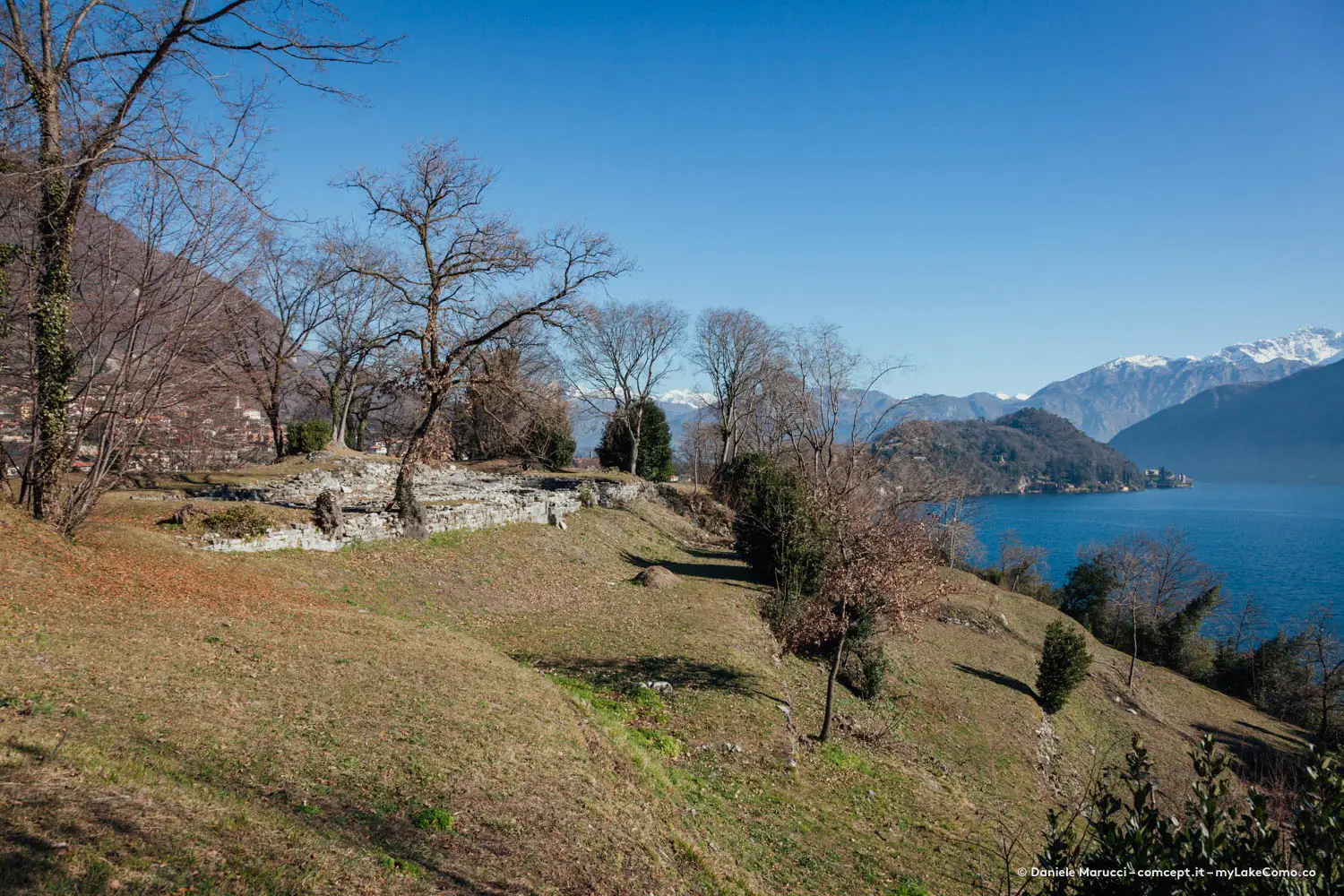
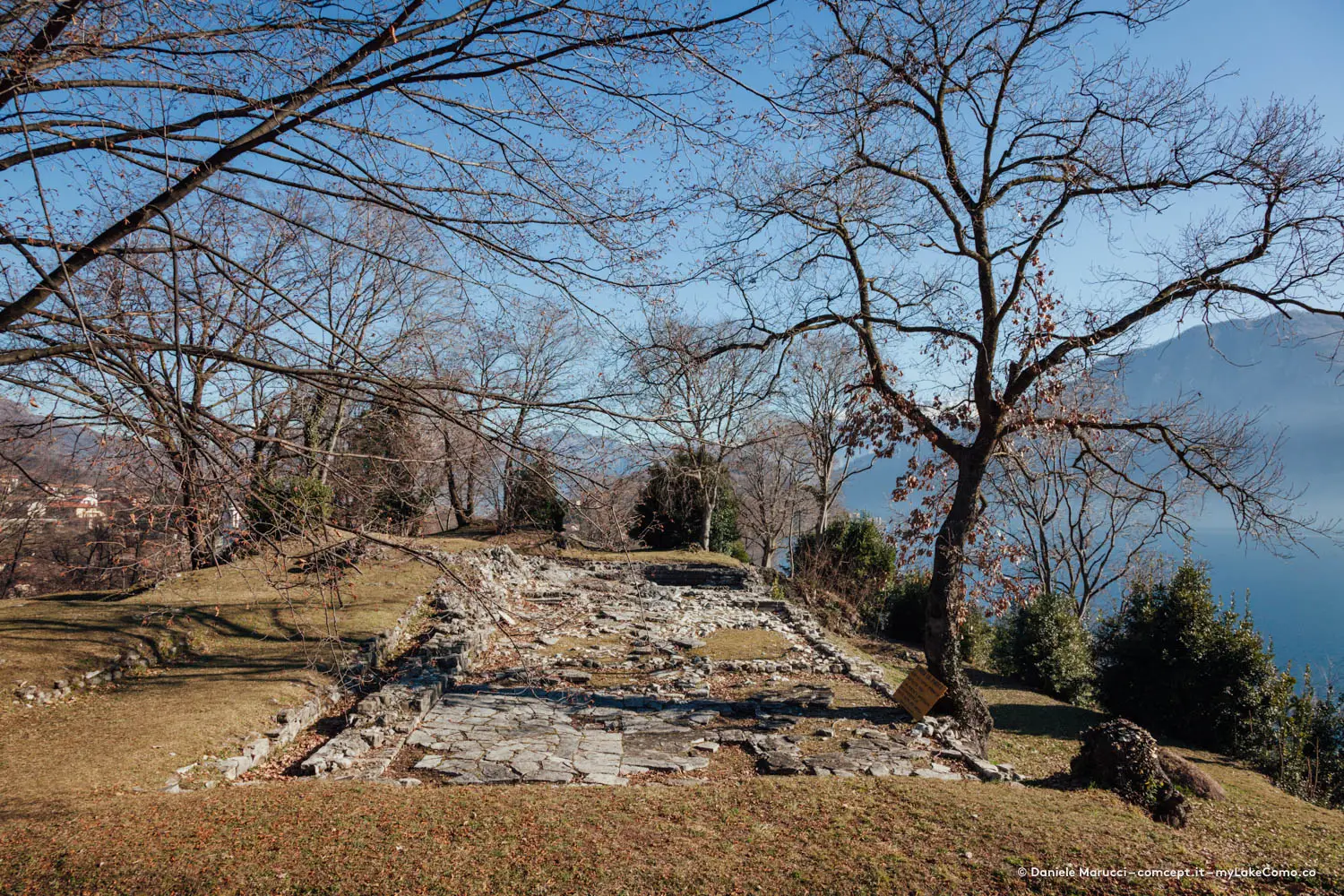
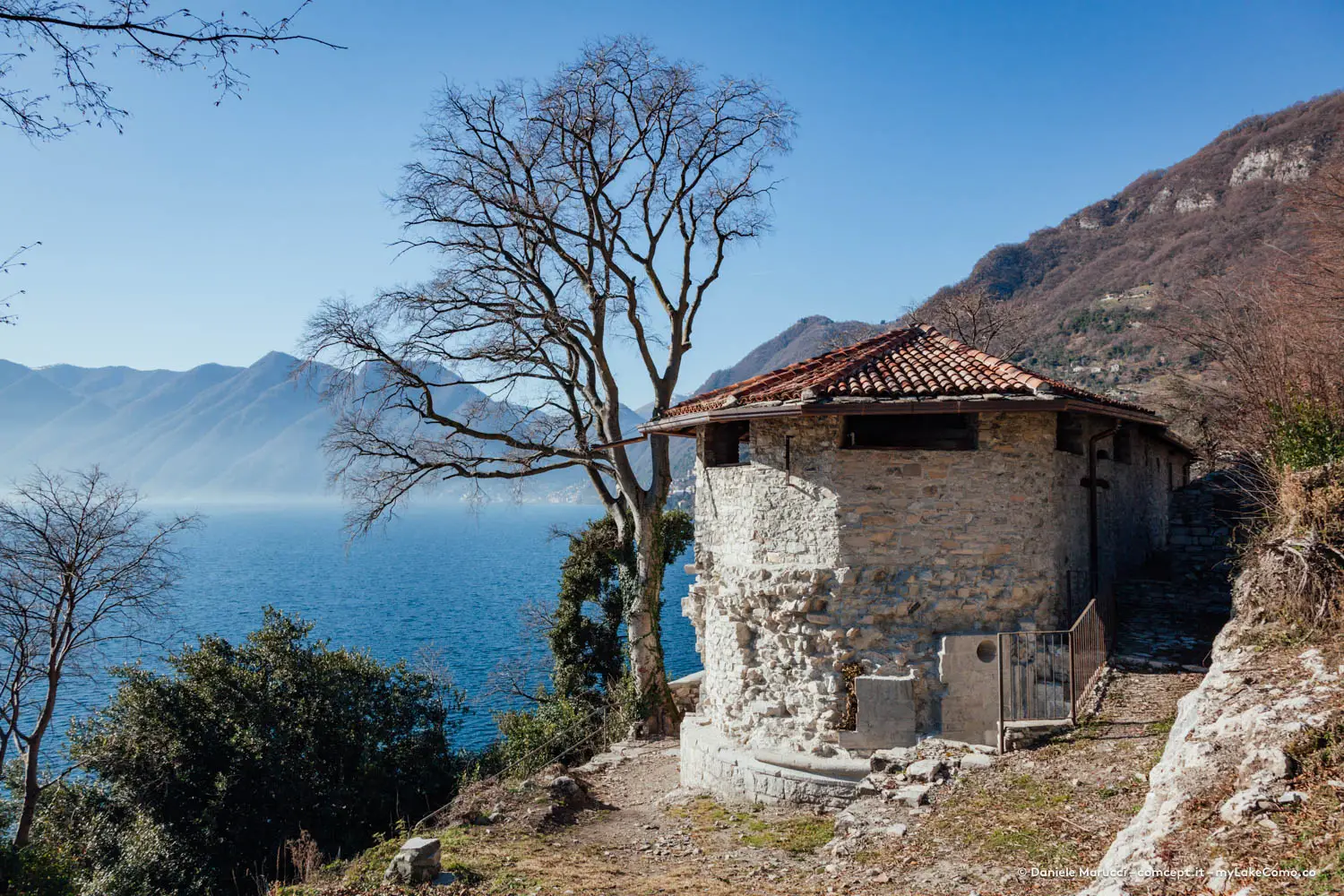
The Island Archaeological and Natural Park
The Archaeological Park of Comacina Island offers a journey through time, unveiling remnants of a remarkable past. Once a central hub of military and religious activities during Roman and early medieval times, the island today preserves a rich and significant archaeological heritage.
As visitors stroll through the park, they can explore the remains of the Basilica of Sant’Eufemia, including its evocative crypt, and the ancient walls of the church of Saints Faustino and Giovita, which tell compelling stories of faith and devotion. Along the path, one also encounters the ruins of the Church of San Pietro in Castello, part of the island’s fortified structures, and the Church of Santa Maria col Portico, perched in a scenic location overlooking the surrounding landscape.
Another noteworthy feature is the Casa Torre, a medieval structure that served both residential and defensive purposes for the island community. The island also holds remains of old defensive walls and fortified structures, bearing witness to its turbulent past.
These discoveries extend to numerous Roman and early Christian artifacts, including mosaics, architectural fragments, and a bi-apsidal baptismal hall, which highlight the island’s profound connection to classical culture and its ancient origins.
Other significant finds include a Roman marble colonnade, visible beneath the floor of the Church of San Giovanni Battista, and the base of a tower that likely served as the bell tower for the Basilica of Sant’Eufemia. The surrounding lake area has also been the subject of underwater research, bringing numerous artifacts to light and enriching our understanding of the island’s complex history.
Every corner of the park invites visitors to discover and reflect on the rich cultural heritage of Comacina Island, making it an essential destination for those seeking a unique experience of history and art in one of northern Italy’s most enchanting archaeological sites.
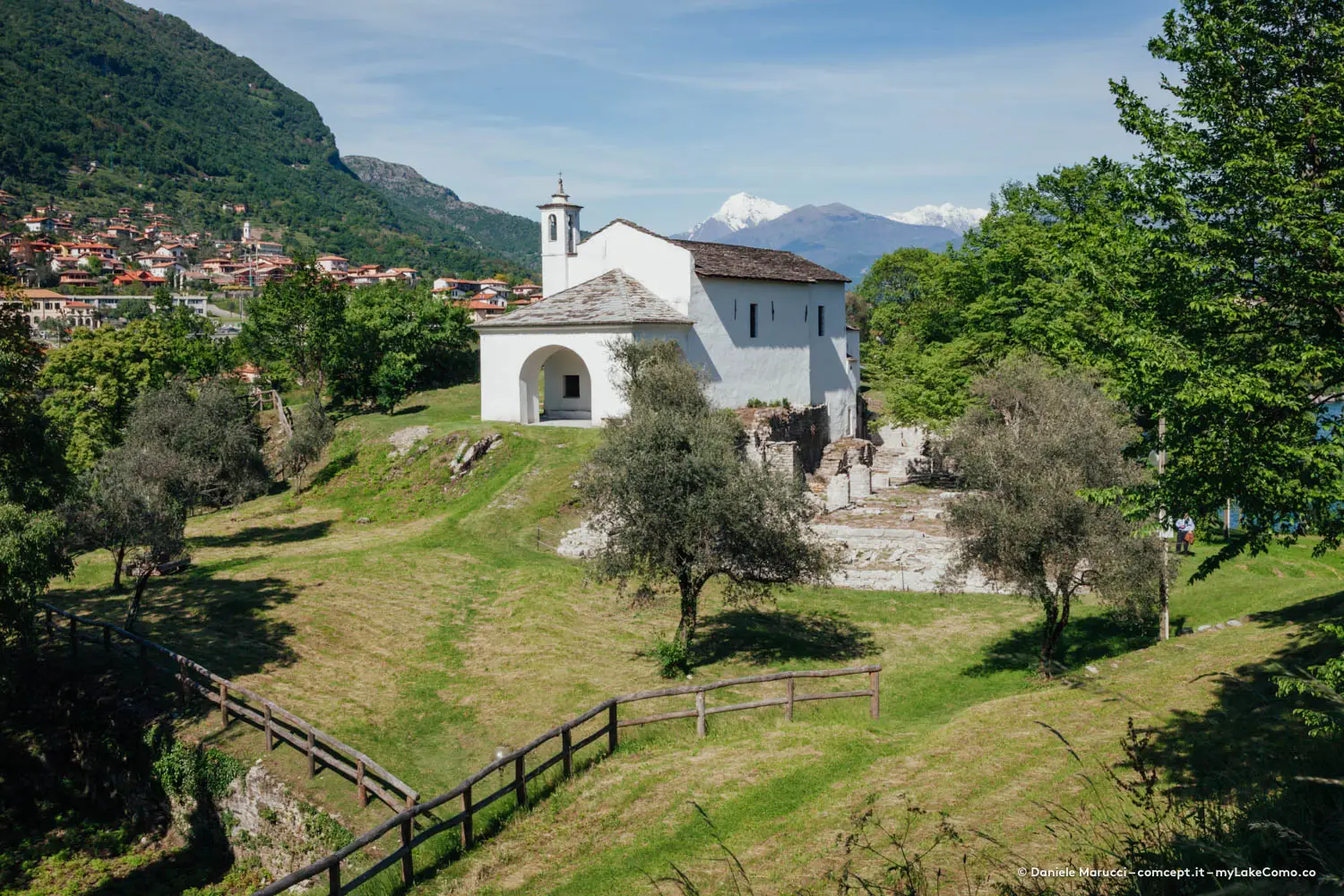
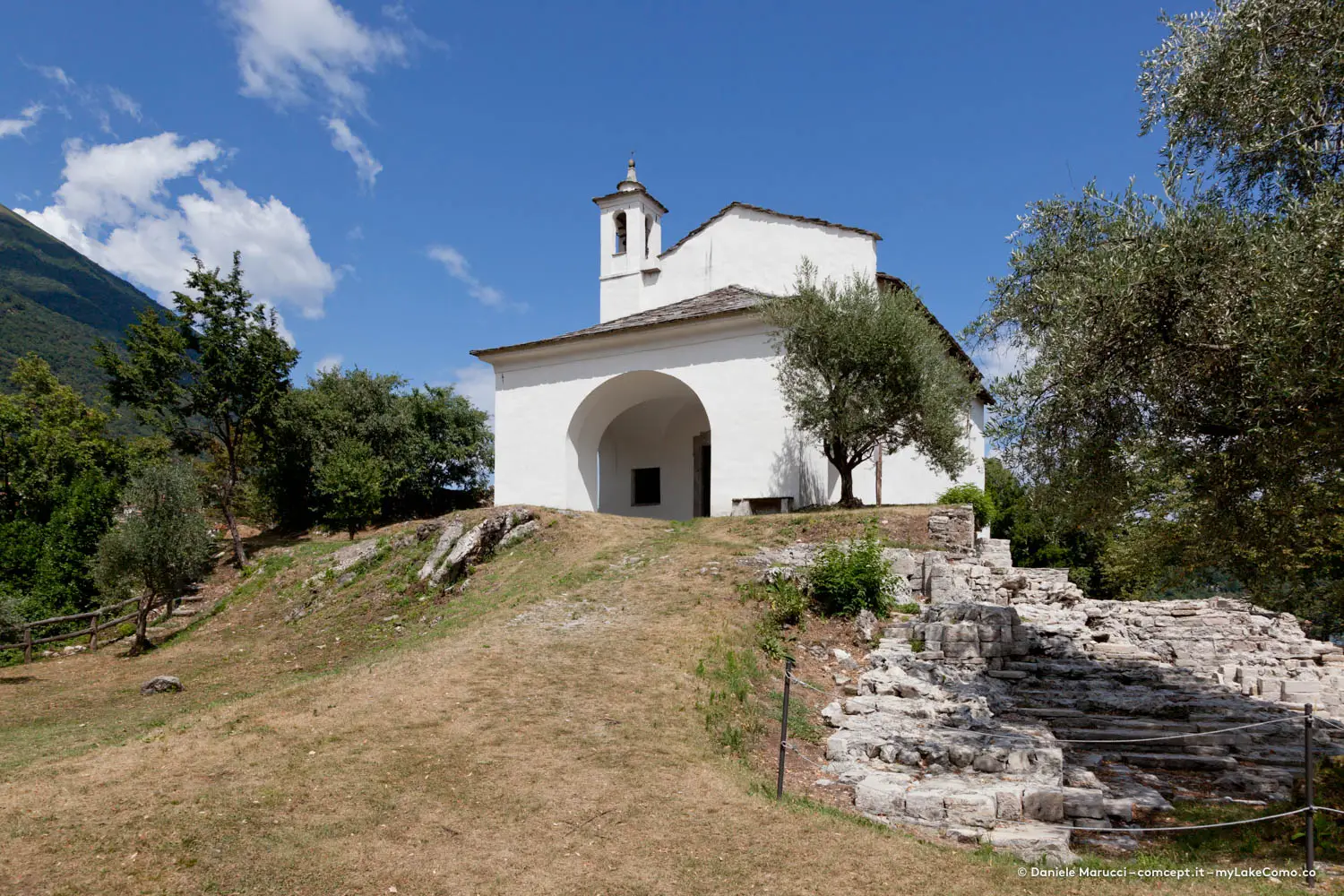

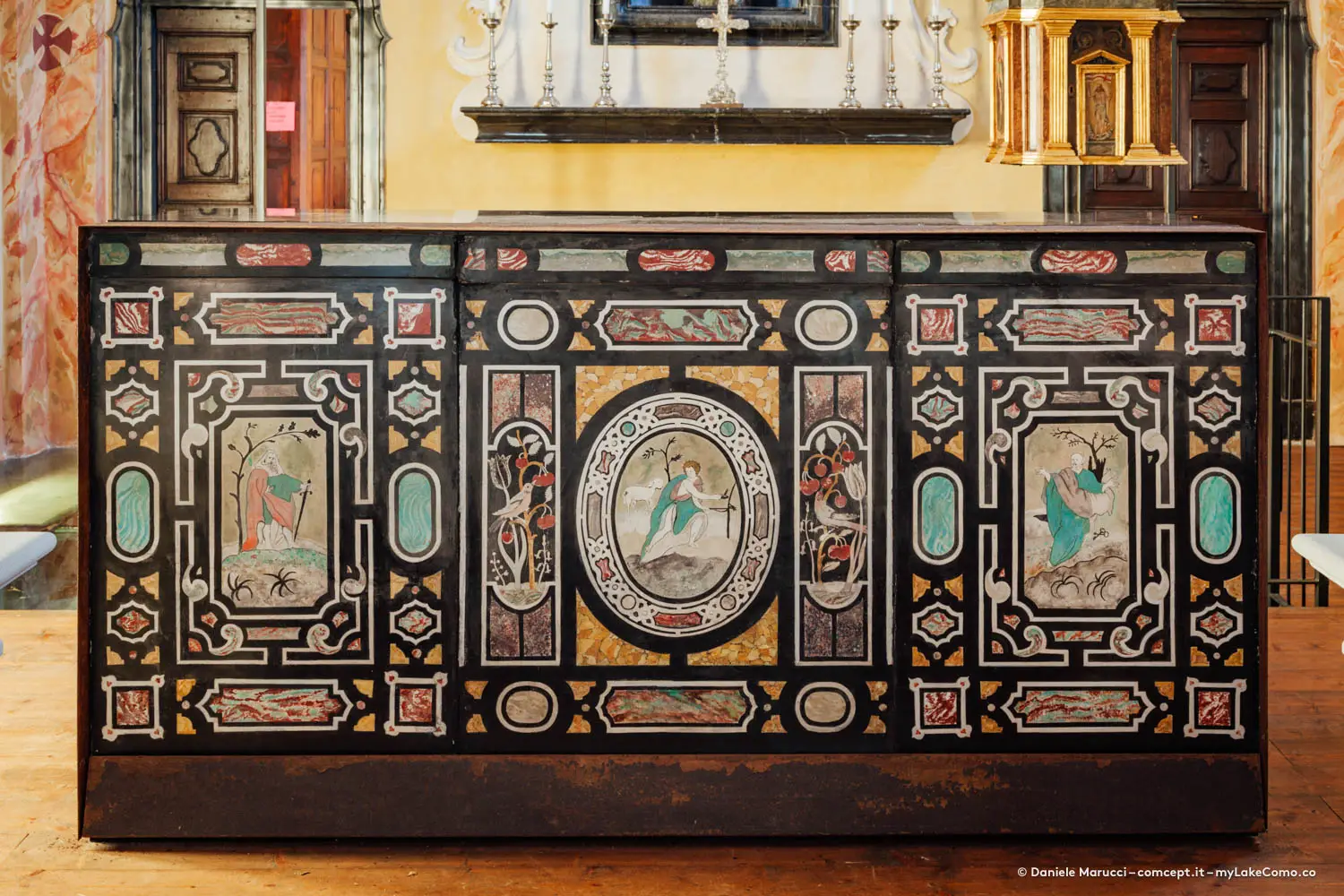
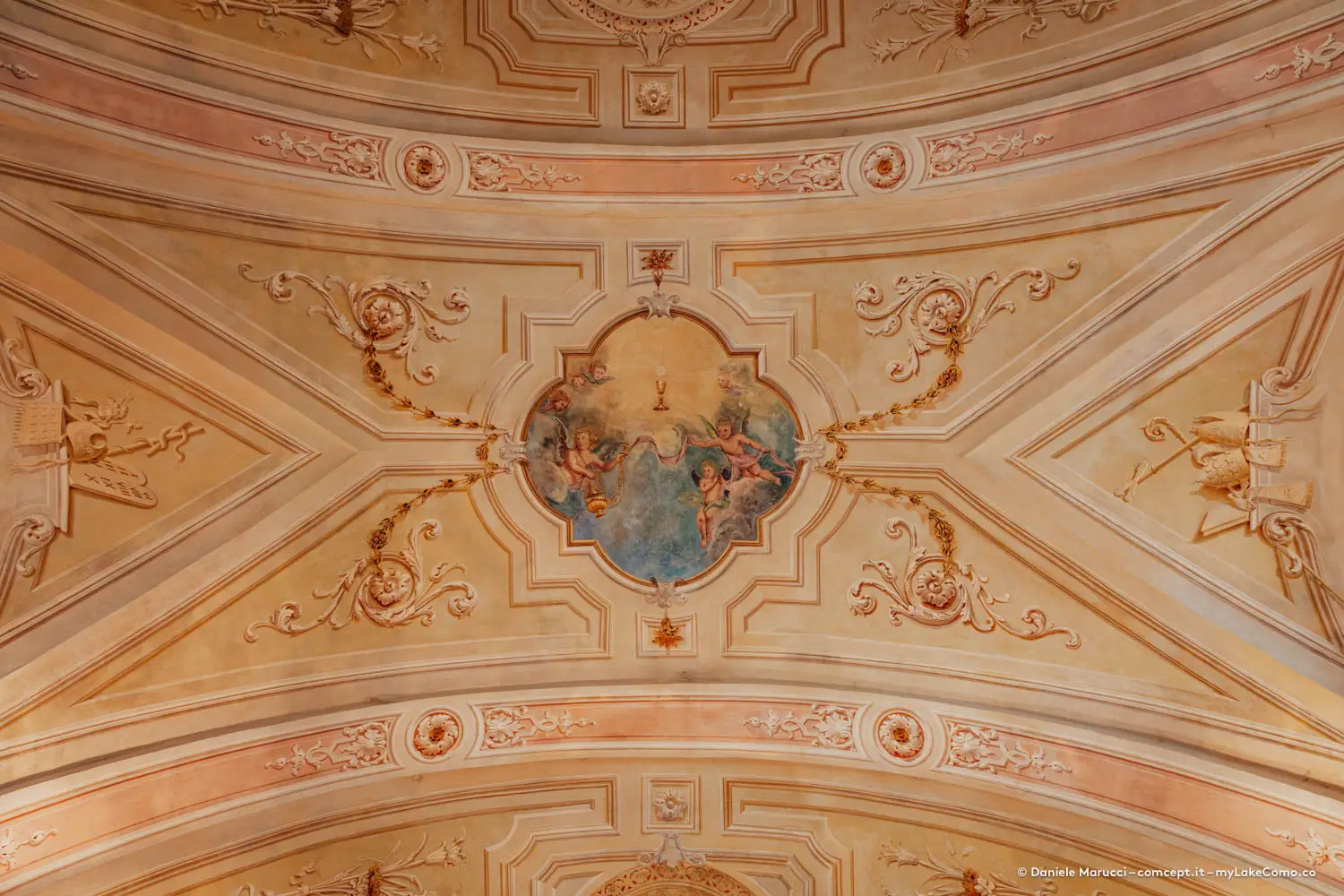
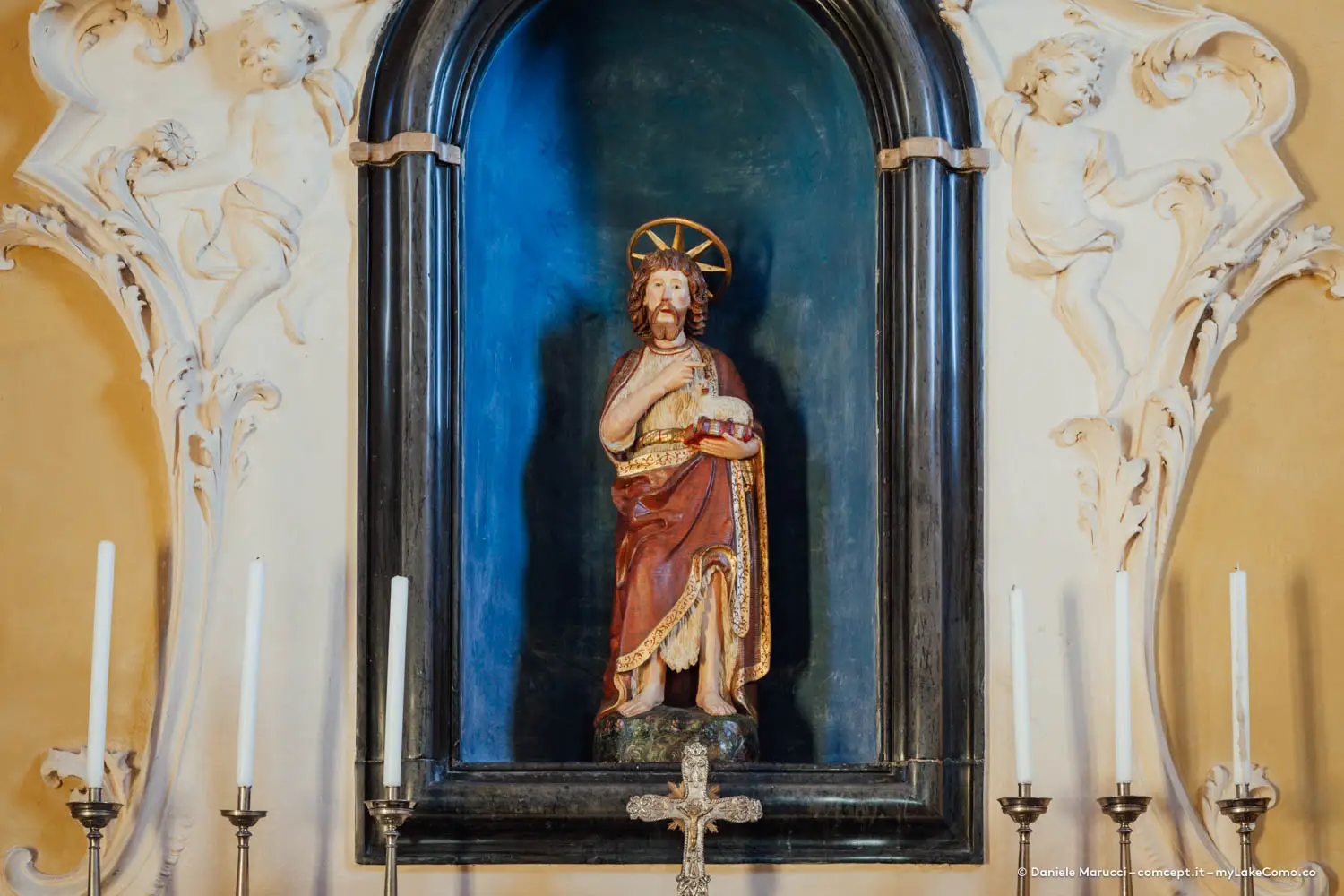
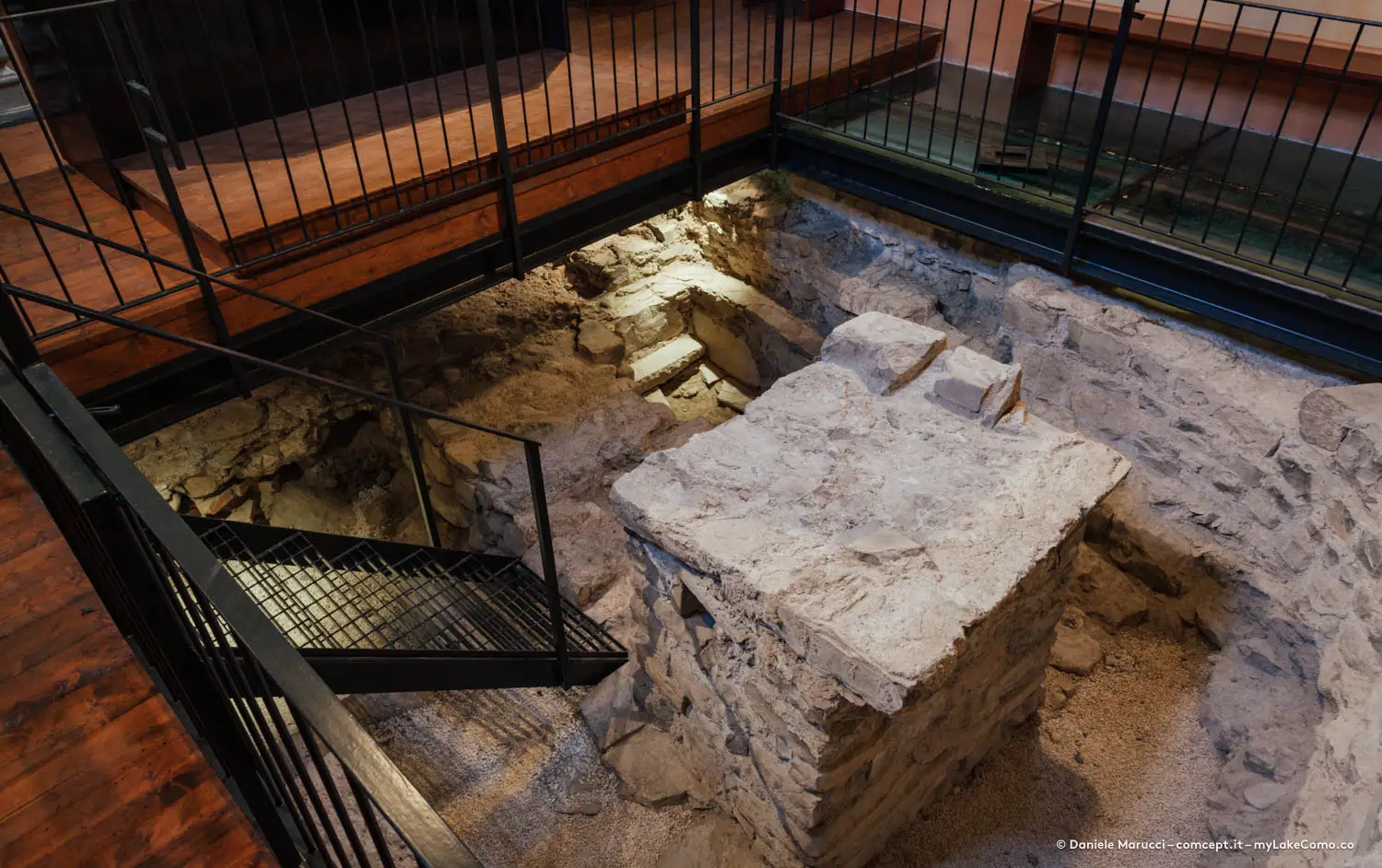
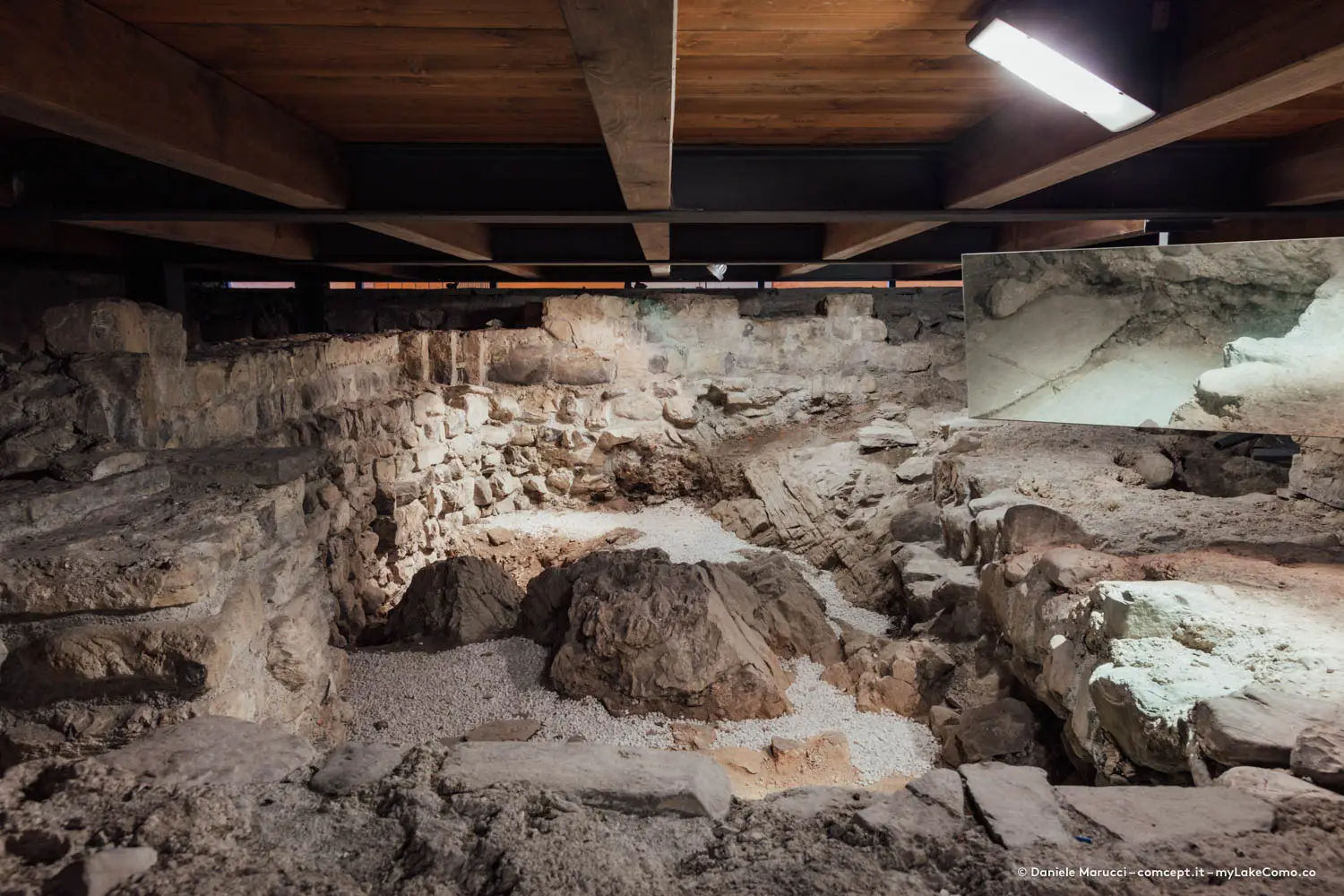
The Church of San Giovanni Battista
The Church of San Giovanni on Comacina Island is a true treasure trove of history. This area, which was already occupied in Roman times by a building (possibly a villa or sanctuary), was home to a small early medieval church, destroyed in 1169 by the Comaschi allied with Federico Barbarossa. Excavations carried out between 1958 and 1963, and later by Luigi Mario Belloni, revealed the walls of this church and the subsequent buildings. Over the centuries, the church evolved into an oratory, and in the 17th century, it was rebuilt as a three-nave church, with a rectangular apse and a bell tower (1670-75).
In 1998-99, archaeological surveys and test excavations were carried out before restoration, which was completed in 2008 as part of the “Magistri Comacini” project. After the restoration, the church was reconsecrated and reopened for worship, allowing visitors to immerse themselves in its fascinating history and the panoramic views of Lake Como.
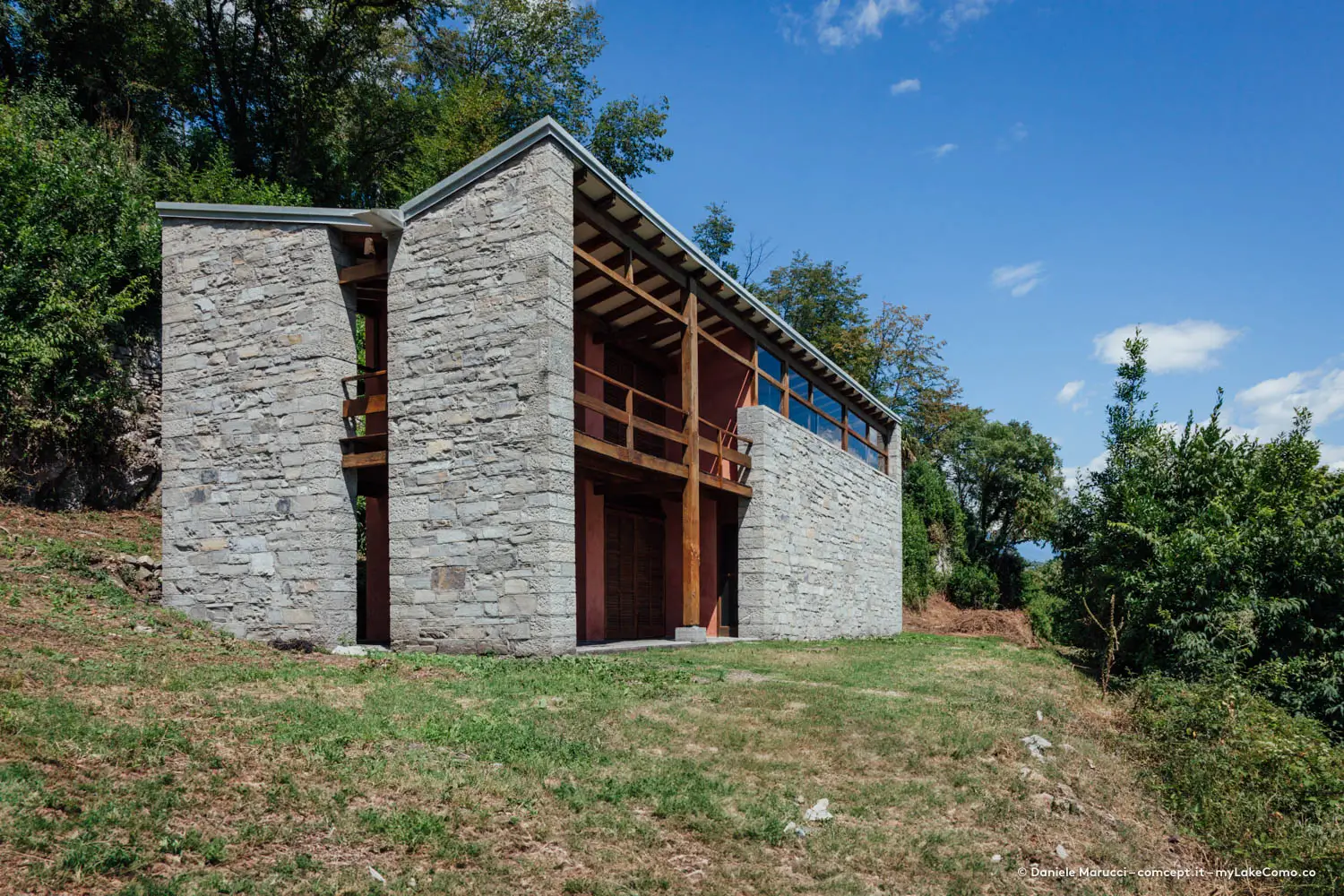

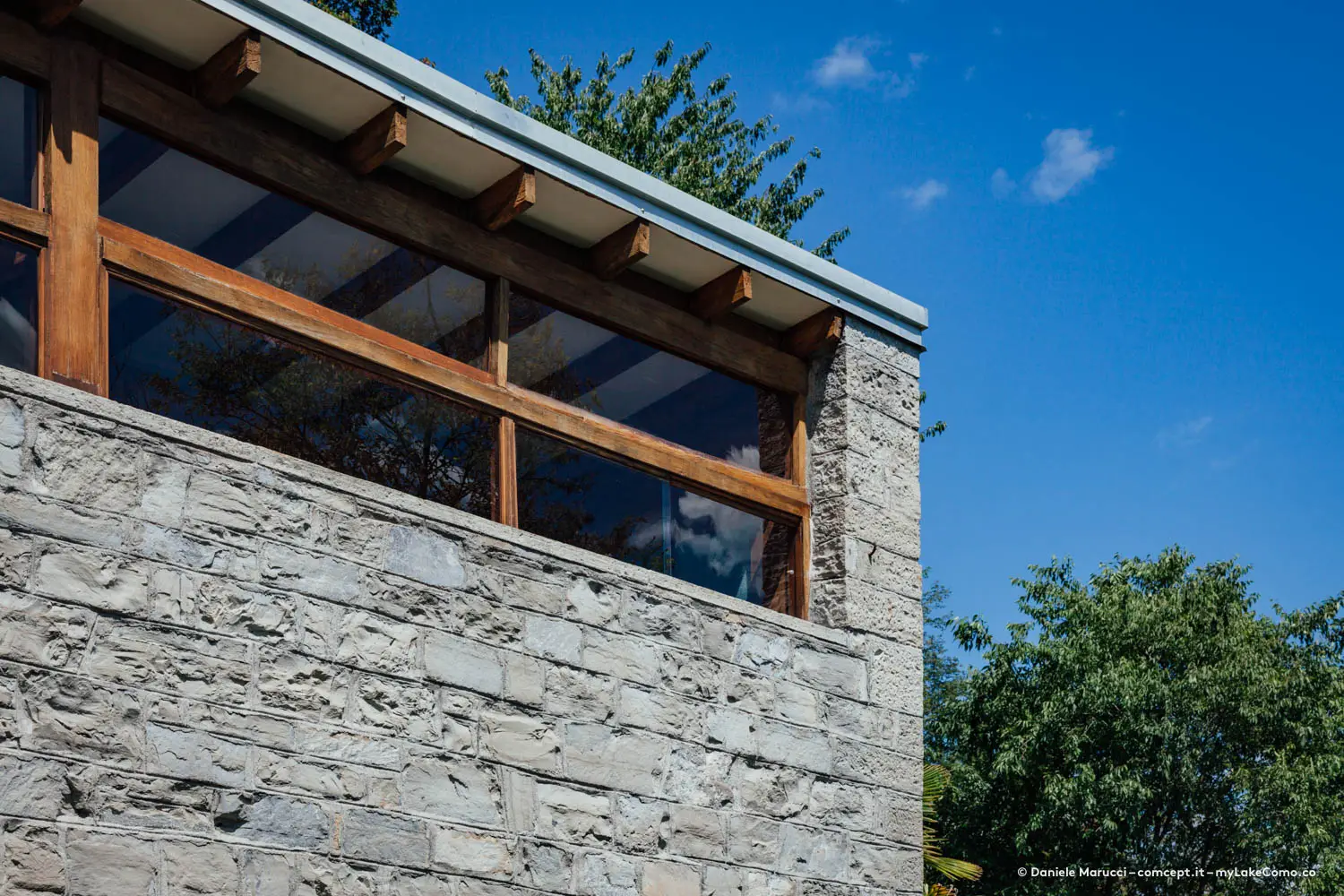


Artists' Houses
The Artists’ Houses of Comacina Island, built in 1940 based on a design by architect Pietro Lingeri, represent an important cultural and artistic landmark. Initially conceived to host Italian and Belgian artists, they are a rationalist reinterpretation of the traditional Larian architecture, blending modernist elements with local tradition. The original project dates back to 1920, when the island was entrusted to the Brera Academy.
After a long period of abandonment, the Houses were restored between 2009 and 2010, returning them to their original appearance, while incorporating necessary functional adjustments. Today, they host residences for creatives and serve as venues for cultural events, exhibitions, and workshops, making the island a vibrant stage for contemporary art. These structures are not only a tribute to art but also an invitation to explore the connection between nature and creativity.
Useful info
Opening Dates and Hours
Isola Comacina
Open from May to the end of October,
every day, from 10:00 AM to 6:00 PM
Dear customers are advised that the restaurant, bar and restrooms are closed indefinitely.
Museo Antiquarium
Open from May to the end of October,
Thursday to Sunday, from 11:00 AM to 5:00 PM
Rates
Comacina Island is an archaeological and natural park: an entrance ticket must be purchased, a valuable contribution to the preservation of this heritage.
Visits to the Island and the Antiquarium Museum require the payment of an ENTRANCE TICKET that can be purchased directly at the Antiquarium (including entrance to the Museum) or directly at the ticket machine on the Island (with payment by cards only).
There are penalties for those found without one.
How to reach us
The Island can be reached by boat, using the services of Navigazione Lago di Como.
For more information: www.navigazionelaghi.it
A private taxi boat service is also available.
For more information: www.boatservices.it

Photo Gallery
Immerse yourself in the timeless magic of the fascinating Isola Comacina through our photo gallery: a place rich in history, culture and striking landscapes.
Contact us
Dive into the history and beauty of Isola Comacina.
Contact us for more information!
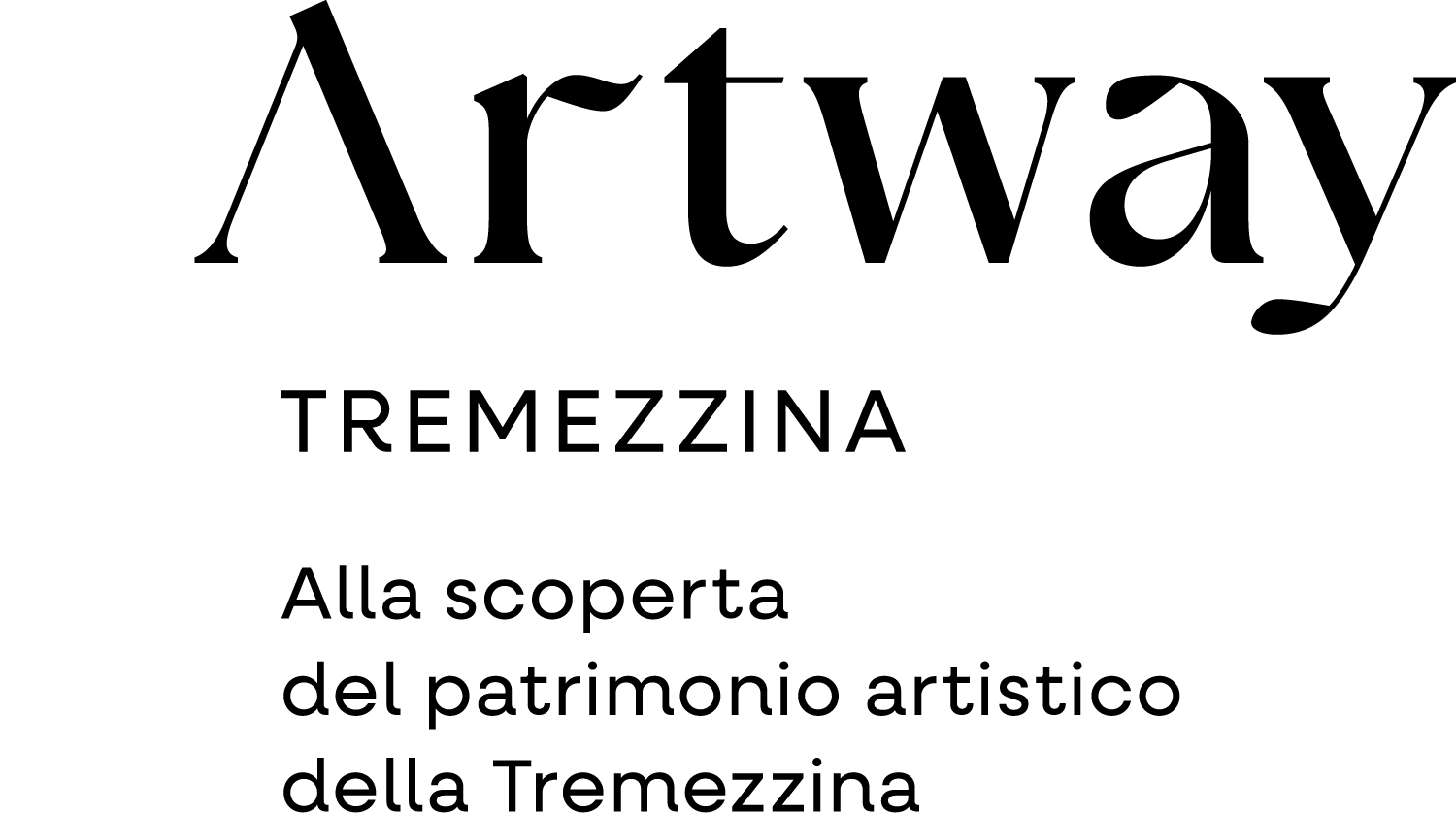
Discover Artway, a project by the Municipality of Tremezzina that offers the opportunity to explore the vast artistic and cultural heritage of the area. Through a series of thematic routes, Artway takes visitors on a journey through art, history, and architecture, highlighting the local artistic treasures.
The itineraries cover a wide time span, from the Romanesque period to Neoclassicism, and allow you to discover historical sites and works by artists who have left a significant mark on the area, often inaccessible to the public or little known.
Thematic Routes of Artway
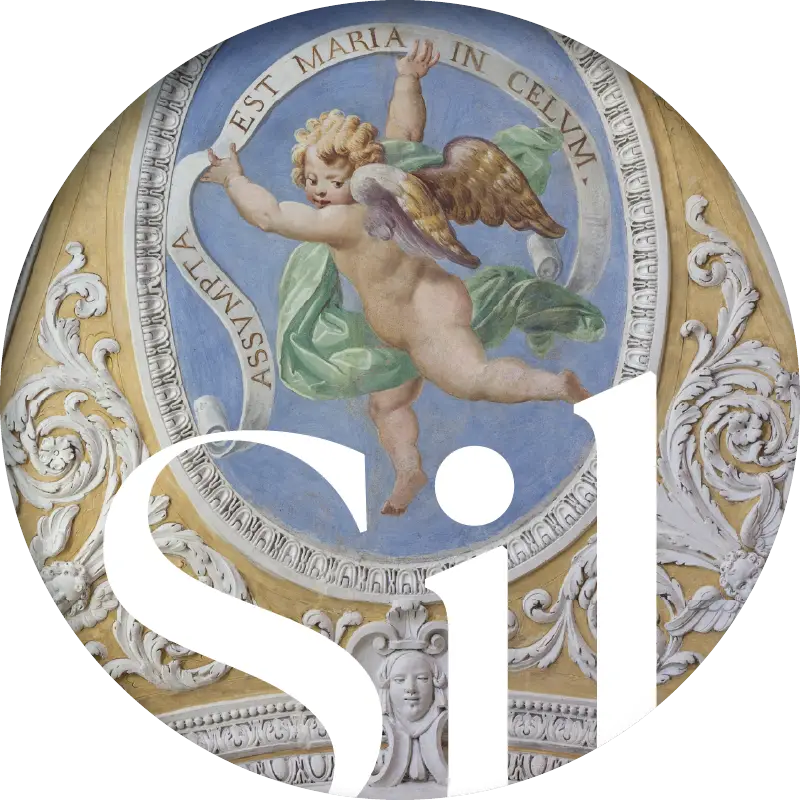
L'opera dei Silva
A route that explores the 17th-century art of Agostino Silva, visiting the Sacro Monte of Ossuccio, Villa del Balbiano, and the Abbey of Acquafredda.
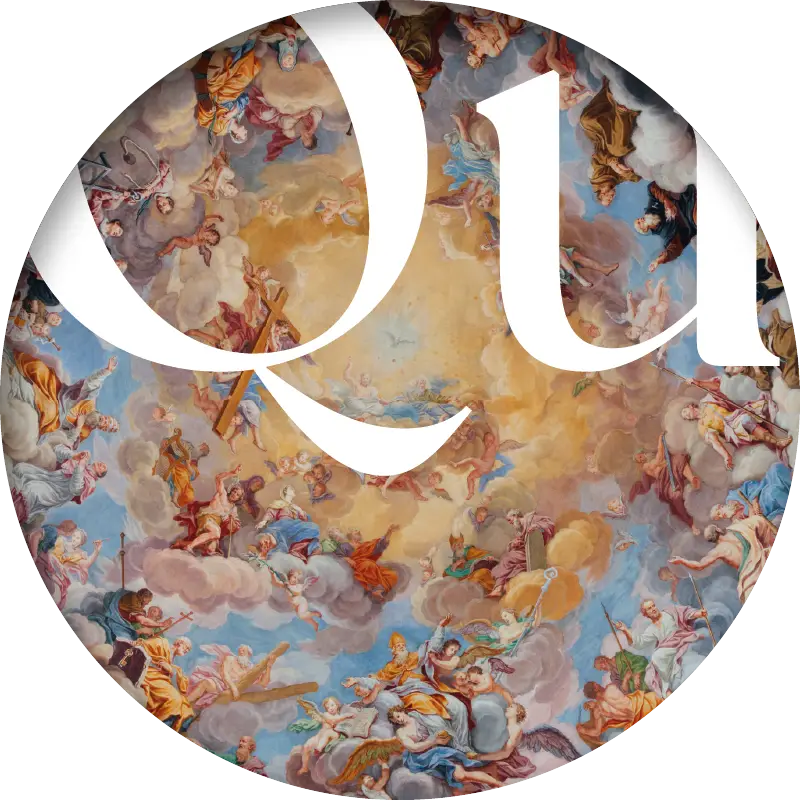
L'opera di Giulio Quaglio
An itinerary in the village of Bonzanigo, in Mezzegra, exploring the works of the Baroque painter Giulio Quaglio.
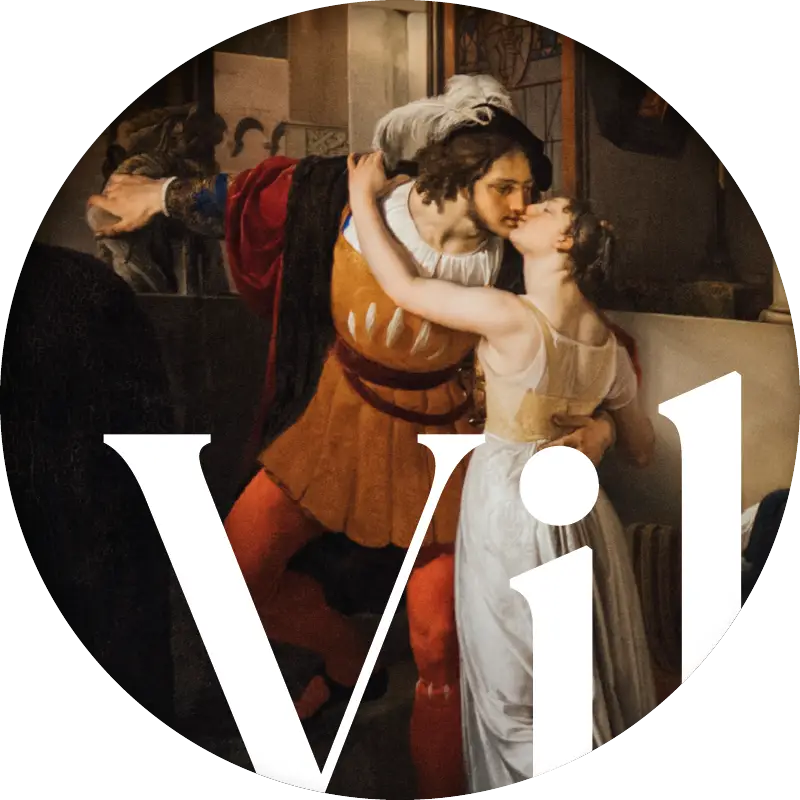
Le Ville
A route through the iconic villas of Lake Como: Villa del Balbianello, Villa Sola Cabiati, Villa Mainona, Villa Carlotta.
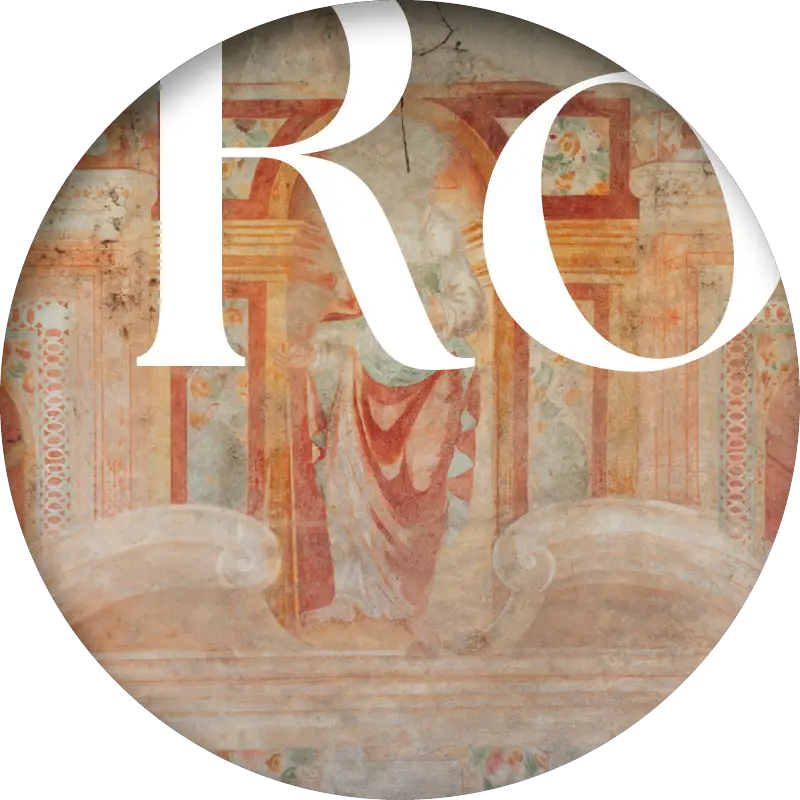
Il Romanico
A journey to discover some of the beauties of the local Romanesque art. An immersion into the historical and artistic roots of Tremezzina.